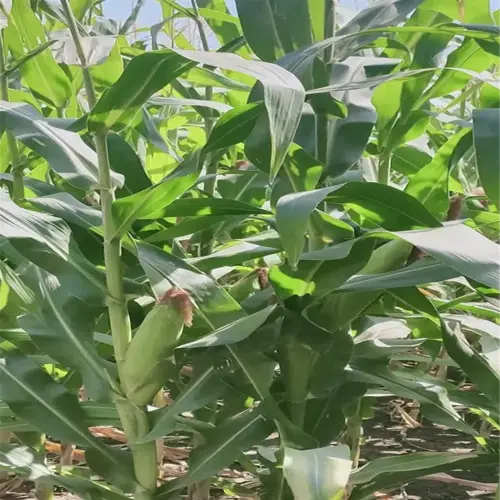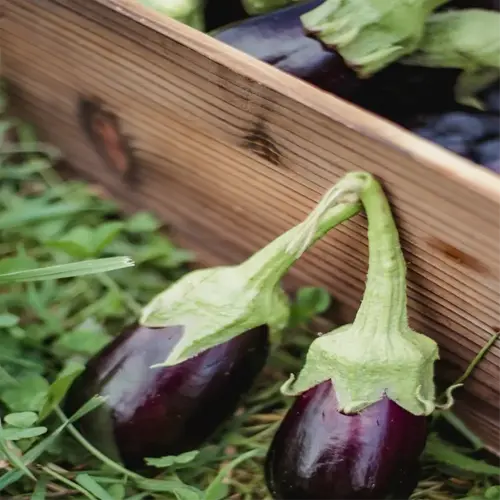Are fig tree leaves or sap dangerous?

Written by
Tina Carter
Reviewed by
Prof. Martin Thorne, Ph.D.Sap from fig trees has an enzyme called ficin that can lead to a skin irritant. While pruning my fig trees, I contacted some sap and developed a rash, so now I wear my nitrile gloves religiously. The leaves of the fig tree aren't toxic to domesticated animals, but the rough surface of the leaves makes grazing less appealing to them. Always rinse off any harvested figs and check the stems because some sap may still adhere to the fig.
Sap Safety
- Ficin causes redness and itching on contact
- Wash skin immediately with cold water and soap
- Apply hydrocortisone cream for severe reactions
Leaf Handling
- Non-toxic to humans and pets
- May cause mild stomach upset if ingested
- Compost leaves safely, avoid using as animal feed
To eliminate sap from your skin, you may wish to use either olive oil or vinegar, as their acidity neutralizes ricin. A child of my neighbor brushed up against a cut branch and developed hives. A paste made from baking soda reduced the reaction within hours. If you're cleaning up tools, be sure not to let the sap dry. Use rubbing alcohol to clean up any sap or resin while it is still wet, otherwise the tools are very sticky!
Cooking figs removes residual sap risks. Blanching the fruits briefly for about 30 seconds will help in loosening the stubborn sap. I dry the leaves for tea, and the steaming process deactivates the enzymes. Leaves should never be eaten raw as their fibrous texture can pose a choking hazard even though they are non-toxic. Store cut branches away from play areas to ward off the curious nature of kids and pets.
Read the full article: How to Grow Figs: Expert Tips for Thriving Trees

